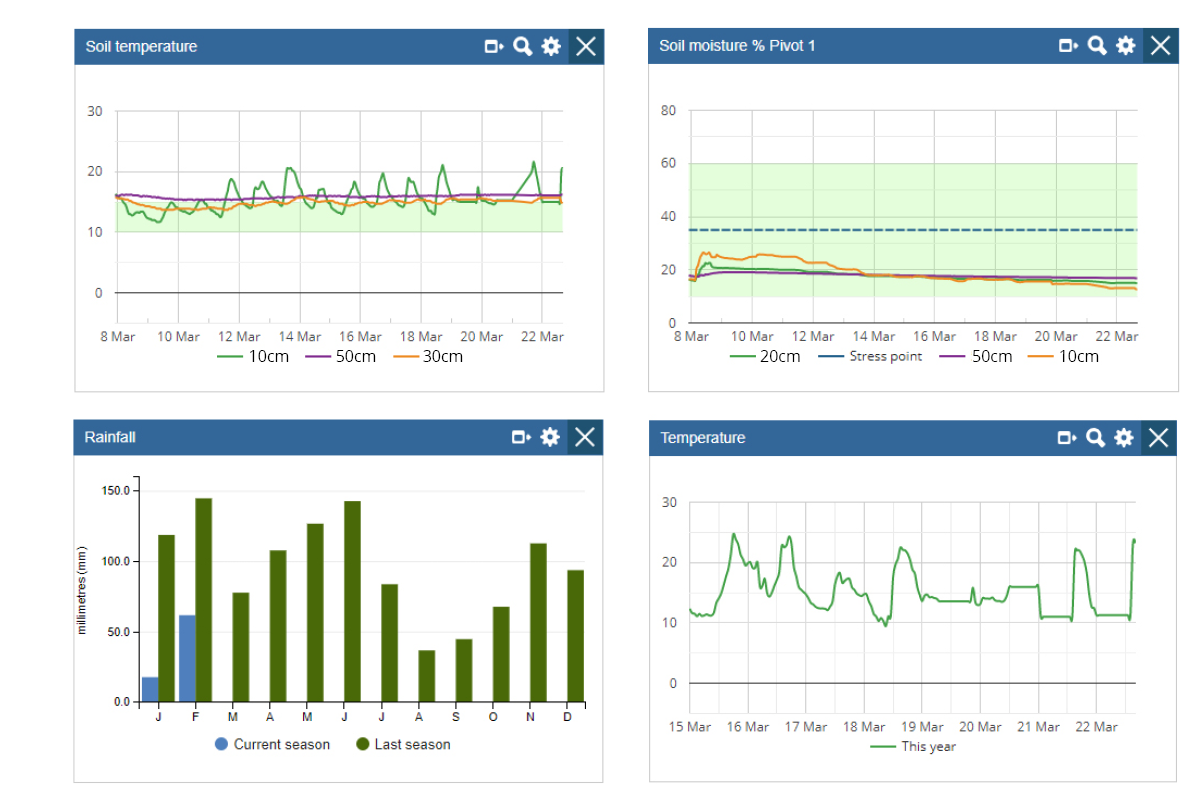
-1.jpg?width=300&name=Whangara_Angus_yearlings_brochure_May_2013_LONG_CROP_(3)-1.jpg)
The management team at Whangara Farms knew there was some liver fluke in their stock, but new online trend reporting has given them a more accurate picture.
Liver fluke is a “regional problem", says Richard Scholefield, general manager of the large Maori-owned East Coast property.
He and the managers of the five Whangara blocks have been thinking more about it recently, after seeing new online trend reporting on Whangara stock sent for slaughter. This showed up quite a high level of liver fluke in their cattle, compared to a national benchmark.
As its name suggests, the immature fluke is eaten with grass – particularly in swampy areas - and migrates to the animal’s liver, causing internal damage. Adult flukes can live for several years and shed thousands of eggs a day. The fluke’s intermediary life stage lives in water snails.
Whangara winters 60,000 stock units – just over half sheep and the rest cattle. The report from Whangara’s processor Silver Fern Farms pulled together results from several lines of stock, so showed trends in diseases and defects turning up in slaughtered animals.
“Seeing results like that really illustrated it,” says Richard. “It also showed the spikes when liver fluke is a worse issue. It was pretty hard-hitting.”
They’ve decided to do more to control fluke at Whangara as a result.
At the end of winter they injected about half the 1250 young Friesian bulls that they buy in at 15 months and kill prime about 12 months later. They’ve been given Ivomec Plus, which should knock out all the flukes down to the immature ones.
But an animal health treatment like this is not cheap: “It cost five times the price of the normal drench we use”. So they have drenched the other half with the normal drench. Both treatments have been marked against the bulls’ EID tags, so they will be able to track if knocking the fluke has any effect on production. When these stock are slaughtered, they will be able to compare the weights, growth rates and disease information for the treated and untreated animals.
Their on-farm study might give some insight into how much production loss occurs through fluke damage – as it seems there’s been little research done on this in New Zealand.
Some fluke also showed up in the report on Whangara sheep, so they’ve treated a group of 3000 tail-end ewes this year. They’ve drenched them in March with Genesis Ultra. Whether it’s that or better feed and less competition, “the lift in those ewes has been quite noticeable” – taking them from a condition score of 2 up to nearly 3.
Want to see collated disease and defect reporting with benchmarking for your farm? Want to track the effectiveness of animal health treatments?
To get more information on how the FarmIQ System can help...



